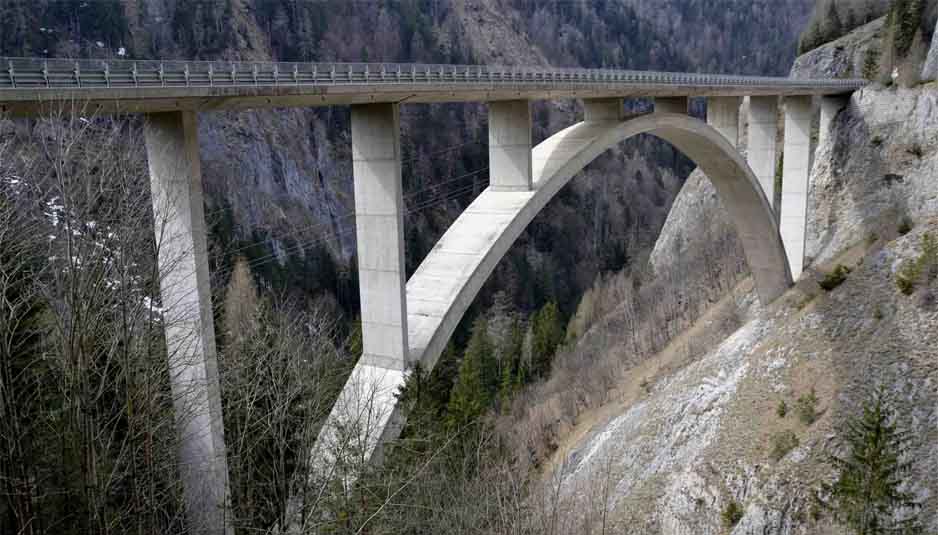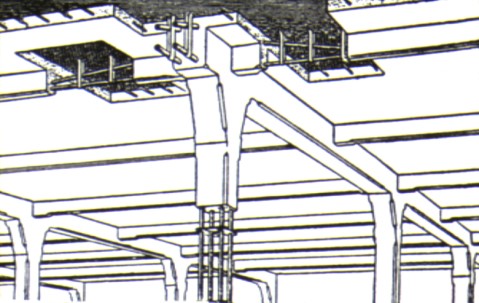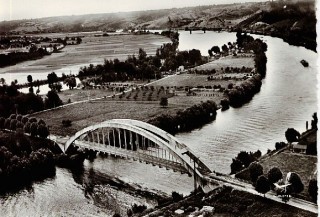The culture of concrete: the founders

commons.wikimedia.org
The concrete used commonly in architectural works is a mixture of cement (binder), sand, water and aggregates of different size. This material presents a considerable compressive strength but low tensile strength, so its use has been limited until it was discovered the use of reinforced concrete.
Its origins are not very far, although its use is now widespread and established in every part of the world. In 1861 the engineer François Coignet developed a technique for reinforcing the concrete with a metal grid and founded the first company specialized in construction of ferro-cement.
The invention of reinforced concrete, however, is generally attributed to the fortuitous discovery of a French gardener Joseph Monier which during its production of flowerpots noticed that the metal cage used to restrain and shape the concrete is not easily detached from the concrete. After 1867 Monier obtained a series of patents for applications reinforced with metal, of which, under incorrect recommendations, sold partially rights.
In 1873, the American William E. Ward, in the construction of his house in concrete on the Hudson River, took advantage of the full tensile strength of steel, placing bars of this material below the neutral axis of the beam in reinforced concrete.
Despite this, the great problem of reinforced concrete structures was the realization of monolithic joints capable of withstanding the local efforts. These difficulties were passed by the talented French entrepreneur François Hennebique who began to use concrete in 1879 and patented his material in Brussels in 1892 he, through an extensive program of private research, devised a system whereby the bending section bars circular they could be bent and hooked together with brackets, able to withstand the stresses. The results were immediately a great success and the company Hennebique in the early 1900s developed into a comprehensive international company, which regularly published the magazine “Le Beton armé” to spread the use and technique of his system.
During this period, the use of reinforced concrete reached its highest expression in the engineering field through the first works of Robert Maillart, a Swiss engineer and Eugène Freyssinet, a French engineer.
R. Maillart designed many bridges in reinforced concrete with the characteristic shape defined by an arch, box-section in which the platform of the bridge, reinforced by transverse structures placed on the main arch support, is clearly distinguished from the latter. His ability to bridge builder reached its peak with the bridge Salginatobel, with 90 meters of light, built in the Alps in 1930.
Even E. Freyssinet designed bridges, as well as a number of hangars and industrial buildings in reinforced concrete. He, designing large parabolic arches subjected to efforts of tension and compression induced by the curing of the concrete and the load, experimented with a way to artificially induce efforts nell’armatura before casting. Freyssinet developed a system that allowed to pre-tension steel bars, before the casting of concrete, with anchorage systems of cables.
This system, patented by Freyssinet in 1939, called the prestressed concrete, widely used for large lights since it allows equal length to reduce the thickness of the beams of about half, with great economic advantages.



